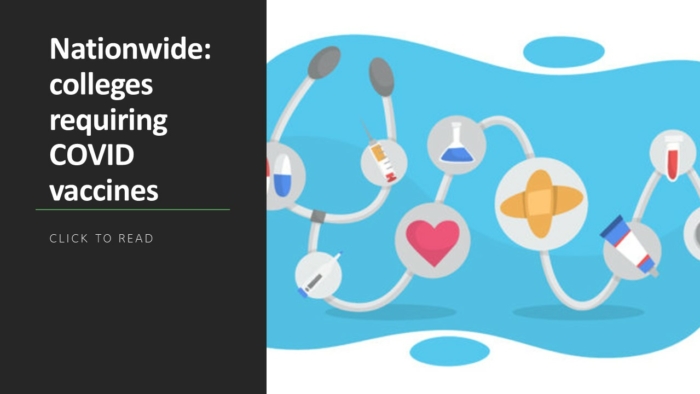Last month, a report from the National Student Clearinghouse Research Center noted a drop of 6.8% from Class of 2020 high school graduates attending college last fall.
Initially the Clearinghouse had reported an almost 22% decline before adjusting figures on its High School Benchmarks 2020 COVID-19 Special Analysis.
Recently, Junior Achievement and Citizens Financial Group with help from Wakefield Research conducted their own survey of 2,000 students ages 13-19 as well as 500 who graduated high school in last year’s class. It found that 25% of those grads shelved plans to attend college, citing impacts on the finances of parents or guardians during the COVID-19 pandemic.
Regardless of the split in numbers – the Clearinghouse’s final tally was the steepest fall it had recorded in its history and JA’s shows significant drops as well – the question is, will there be carryover to 2021-22 and beyond?
Early indications from the 2021 JA Teens and Personal Finance survey point to the affirmative. Around 12% of current high school juniors and seniors say they will delay their postsecondary education.
“The past year has brought unprecedented challenges and uncertainty to everyone, and high school students are feeling this uncertainty as they navigate the transition to the next phase of their lives post high-school,” said Christine Roberts, Head of Student Lending at Citizens.
Although many elite institutions have reported record application numbers over the past month, others are scuffling to hit their targets. Any fallout for the fall of 2021 nationwide – negative or positive – likely won’t be determined until late this year.
Affordability continues to be a major concern for families. The Center for Budget Policies and Priorities notes that families who have been affected are still facing crushing financial decisions – whether to pay mortgage or rent or purchase necessary food items. Millions remain jobless as the unemployment rate staggers at 6.0% and hits lower-income workers (9.3%), Blacks (9.6%) and Latinos (7.9%) the hardest.
So, who will pay for that college education?
Students in the JA survey (80%) overwhelmingly said their parents or guardians will pay for part of it. Nearly 75% of those in college expected them to, as well. But 45% of White students in the 11th and 12th grade surveyed said the pandemic has affected how they will pay for it. That percentage increases for Black (60%) and Hispanic (59%) teens. More than 40% of high school juniors and seniors said their parents and guardians are cutting back on financial support for college.
That will leave many at a crossroads unless they receive other financial support. Despite the notable value of a completed college education over non-postsecondary paths, taking out large student loans may only exacerbate their own financial problems in the future.
“Last spring there was concern about how the pandemic would impact the Class of 2020, and this survey reinforces those concerns,” said Jack Kosakowski, President & CEO of Junior Achievement USA. “After the financial crisis of 2008, we saw a doubling of student loan debt and young adults impacted by that situation delaying major life decisions, such as purchasing a home, starting families and planning for the future. It is important that we offer support for today’s teens experiencing the economic fallout from COVID.”
Despite all the apparent negatives, the majority of teens in the survey (74%) were upbeat about their financial futures, including 65% of those from the 2020 class.



